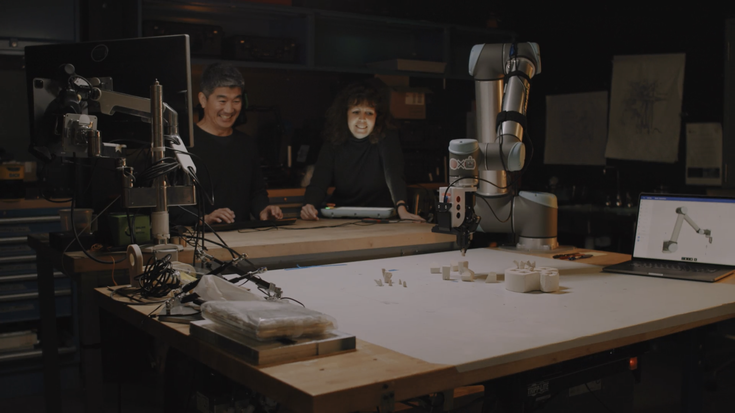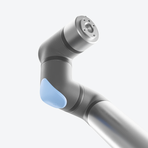For Coral Maker, the need was for adaptive robotics that could work alongside humans, operate with precision, and recognize coral fragments, as each coral is different and needs to be handled with care. This was achieved by using Autodesk’s Design and Make platform, that coupled with AI and vision systems, trains the robots to locate, pick and place the corals.
“One of the main challenges is just bringing that cost down, so that we can scale it up” said Dr. Foster “I think the only way we're going to be able to do that is using automation and then specifically collaborative robots, because a lot of the work that we'll be doing will involve people working interactively with robots.”
Senior Principal Research Scientist at Autodesk, Nic Carey, added: “The ability to scale restoration efforts is crucial, which is where robots come in. Automation and robotics are often used for large-scale manufacturing and product processing, and if applied to coral restoration efforts, it could have a huge impact. We are not able to scale efforts to meet the needs of ecosystem scale restoration by doing these repetitive tasks manually, so partnering with robots enables marine biologists to focus on more complex tasks that cannot be automated. Robotics also ensures that we can keep production running around the clock and outside of working hours to meet the need for larger scale efforts.”




